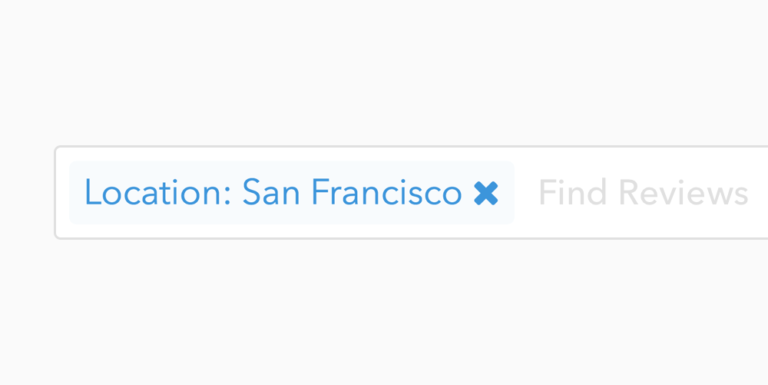Giving praise and gratitude for a job well done has a bigger impact than just boosting someone’s ego. It also helps increase appreciation among teams, leading to higher productivity, improved morale, and more collaboration.
While it feels good, some have their hesitations when it comes to increasing the practice of praise in the workplace: Is our culture praise-driven and praise-addicted? Is there such a thing as too much praise?
Negative feedback can cause people to stop doing something and potentially change existing behavior. Praise, on the other hand, can encourage them to keep up the good work with more creativity and commitment. According to research, only positive feedback can motivate people to continue doing what they are doing well.
While we know that kindness and gratitude inspires, we’ve also heard a few reservations to our Praise feature, including the following:
- “It’s just a popularity contest.” Those who are more social or even more well-liked personally will get more praise than the silent ones who might work independently or quietly, even if their work product is well-deserving of more recognition.
- “Group praise fails to recognize individual contributions.” When groups get praise, it is easy to forget those individuals who might have created a concept, put in extra effort, or took the lead on certain projects.
- “It creates unnecessary competition.” For example, if an employee sees colleagues praising another, they may wonder why they aren’t getting the same recognition or feel that the praise was undeserved. It may also require that managers praise one member of a team and not the others.
The pros outweigh the cons when it comes to praise
Even though praise can be tricky, the pros far outweigh the cons. Gratitude lists and practices are growing increasingly popular because they work, whether for your family and home or your job and colleagues. Hundreds of studies document the social, emotional, and psychological benefits of practicing gratitude. It’s proven, validated, and thus, undeniable.
Benefits of giving and receiving praise
Giving praise benefits the giver, not just the receiver. When you acknowledge someone else’s contribution, you become more appreciative of who they are and what they have put in. In this way, employees can develop empathy for each other. They are allowed to see how hard others are working, acknowledge the individual efforts needed to accomplish something, and tune into the hardships that each person might face in their day-to-day.
On the receiving end, being seen is everything. Possibly, even more than getting a hefty paycheck or getting a promotion, employees want to feel valued for their efforts. They want to know that their employers and organization recognize their skills and assets and contribute to a greater whole. After all, making employees feel valued and appreciated has been shown to make employees more productive, and teams perform tasks even better when their colleagues respect and appreciate them.
Should praise be public or private?
The most crucial part of giving praise is that it is authentic. In this way, it doesn’t matter whether it’s delivered by private email or announced publicly in the company newsletter. Remember that the most effective praise is specific and unique to the individual employee. However, some people find that private praise is even more meaningful because it establishes a genuine connection.
Our Praise tool allows employees to praise each other publicly and privately so that both forms can be explored on your teams. There might be cases where private praise is more appreciated, and others where drawing the attention could have a bigger impact.
How to improve praise and gratitude practices on your team
You might think it’s more complicated than it is to establish channels of praise. However, whether you are an executive, HR professional, or manager, you may want to consider the ways to improve how employees are recognized on your teams.
Besides our Praise feature, teams have many other ways to motivate employees and establish appreciation and gratitude for them. To learn more, here are four tips to improve employee recognition and how you can applaud employees who are doing work behind the scenes that might go unnoticed.



